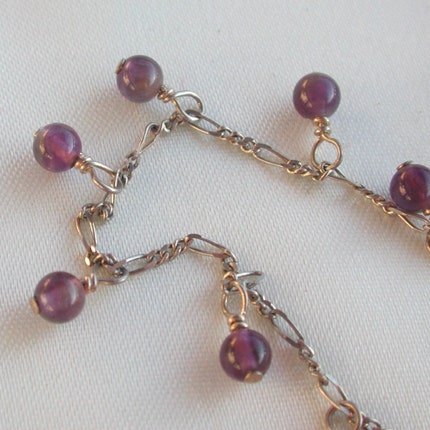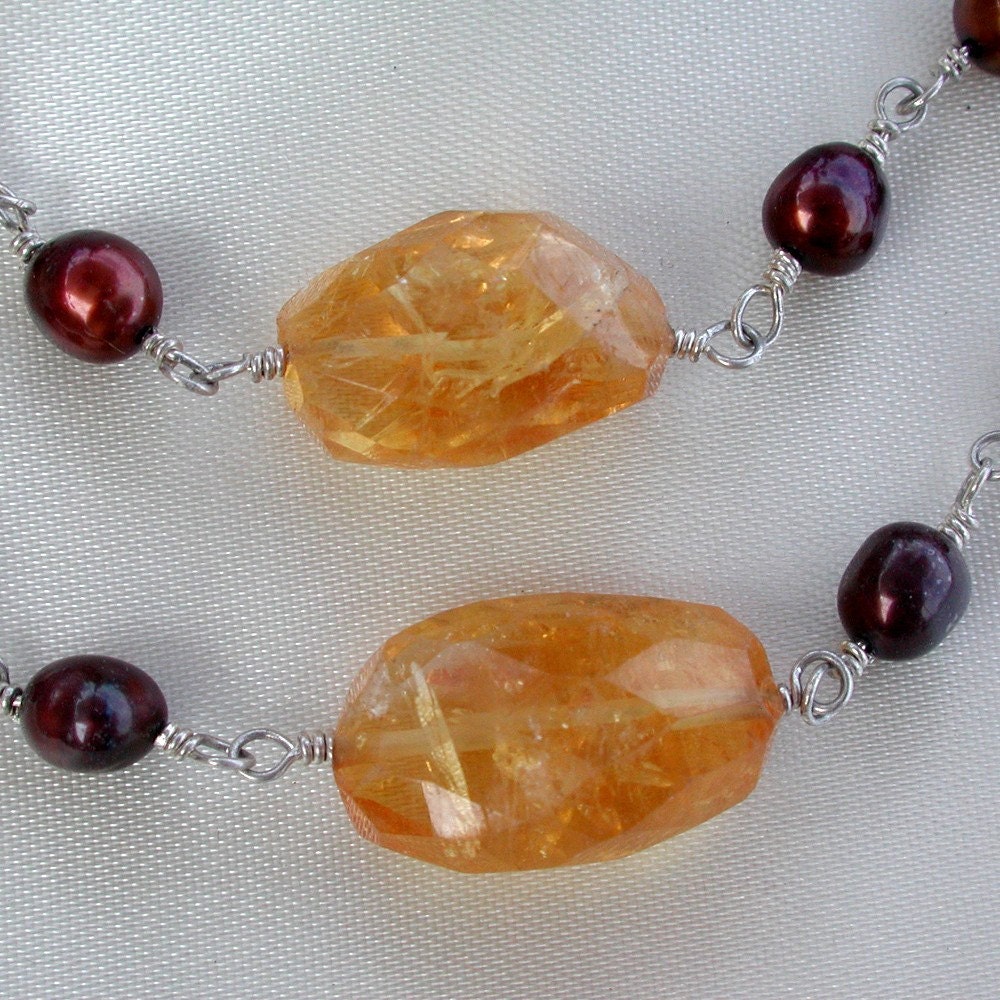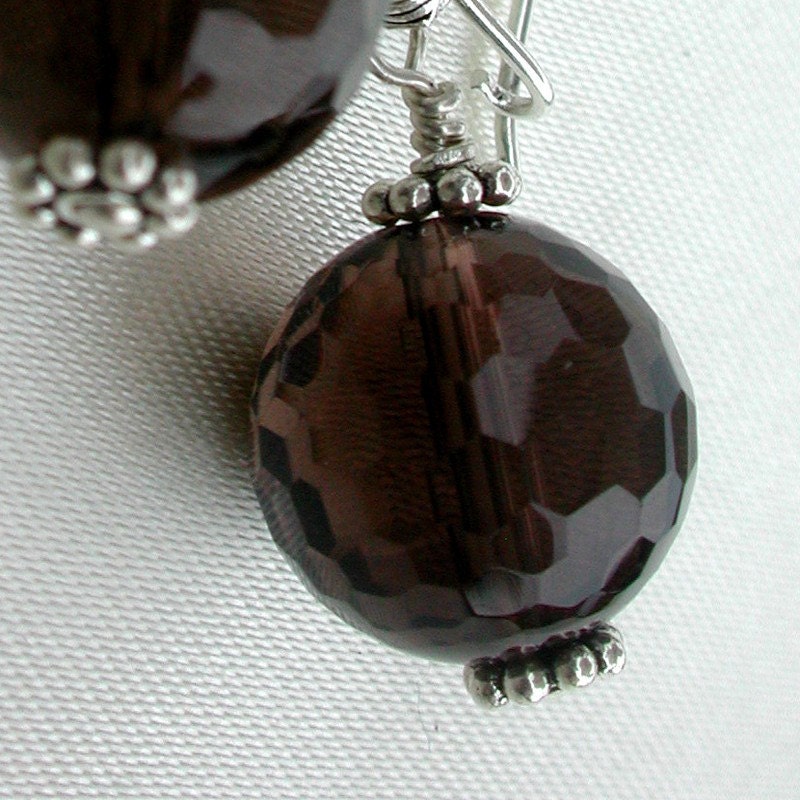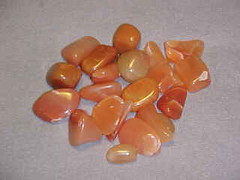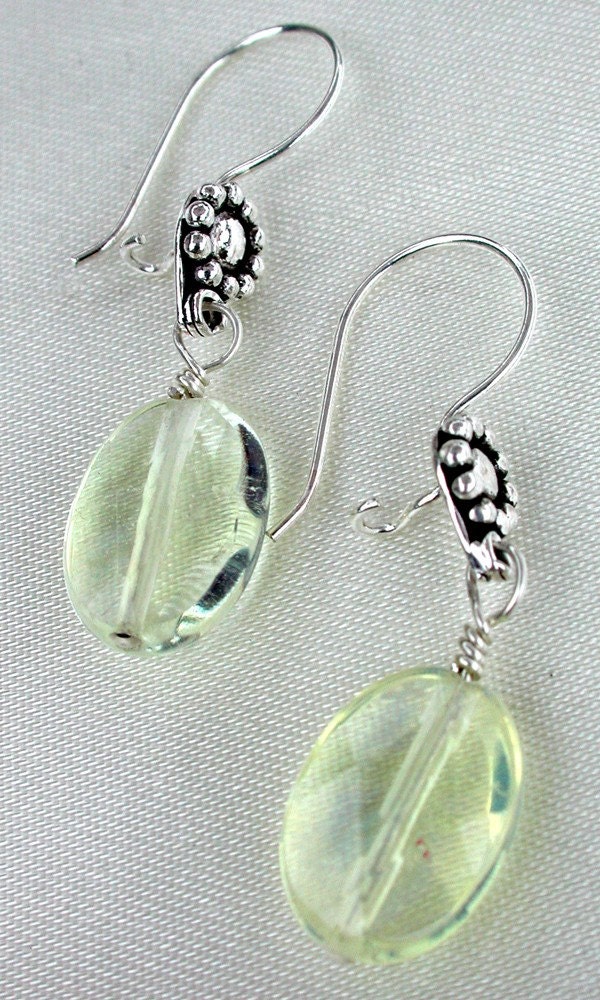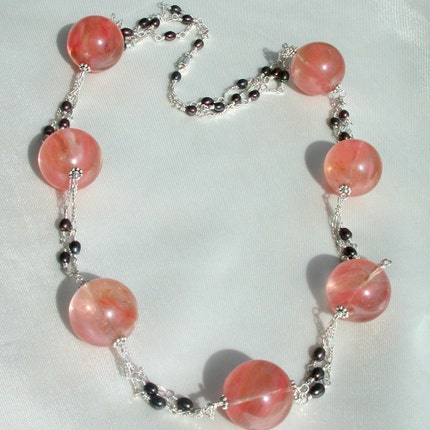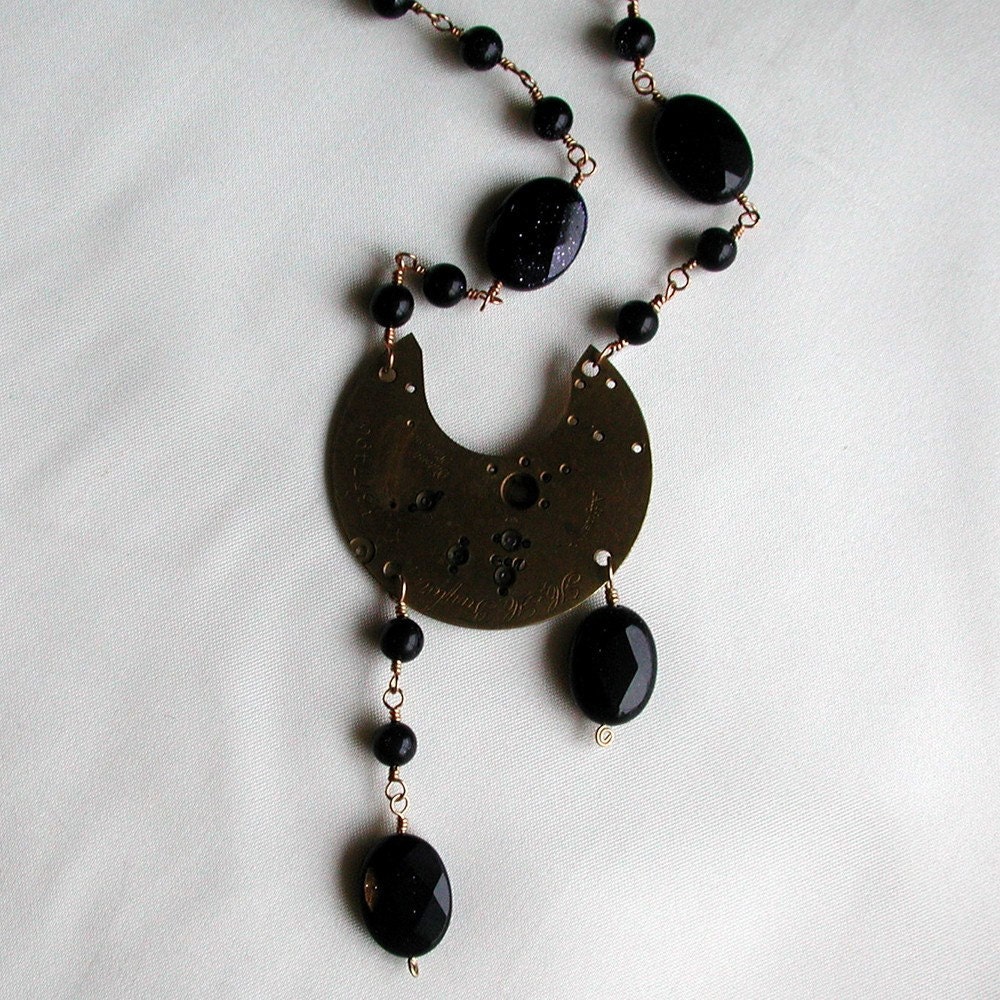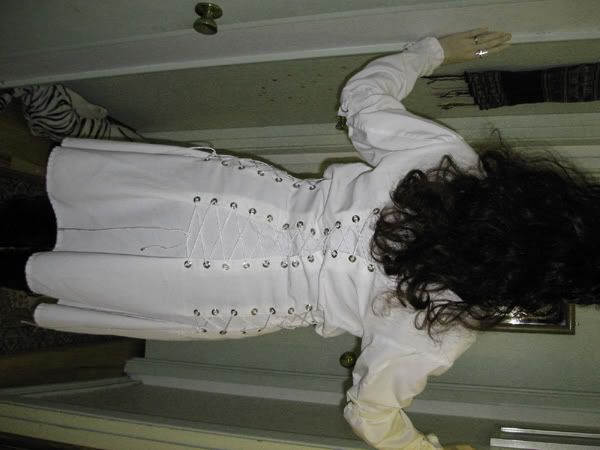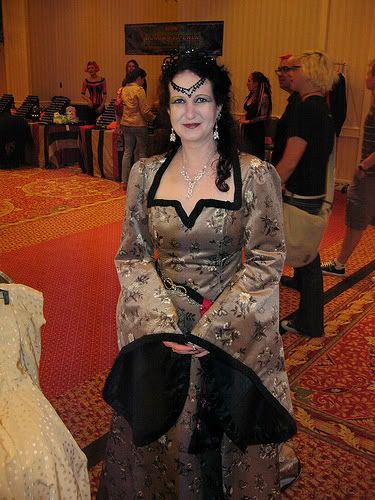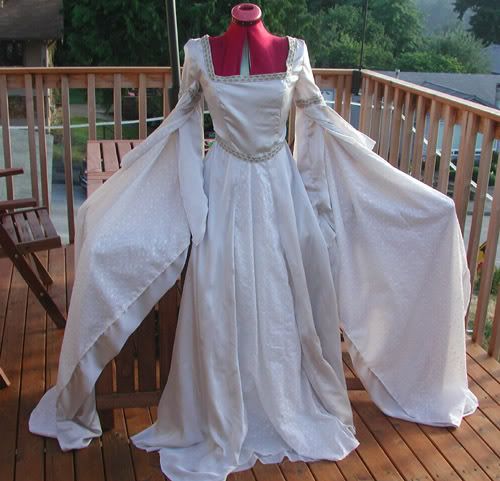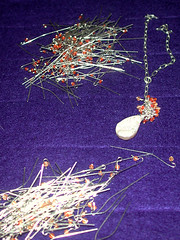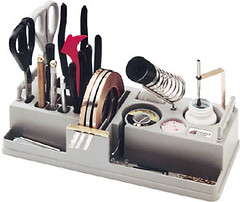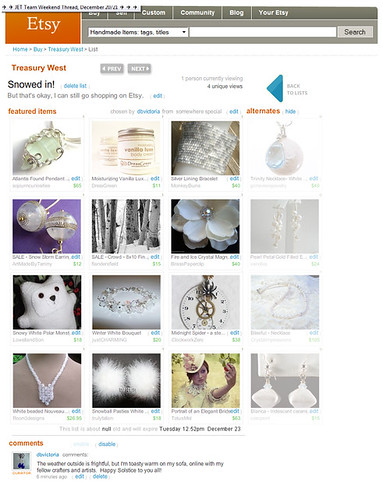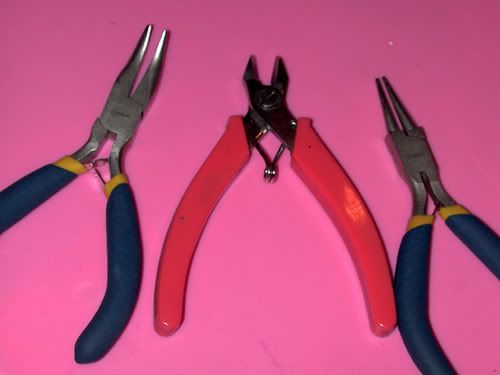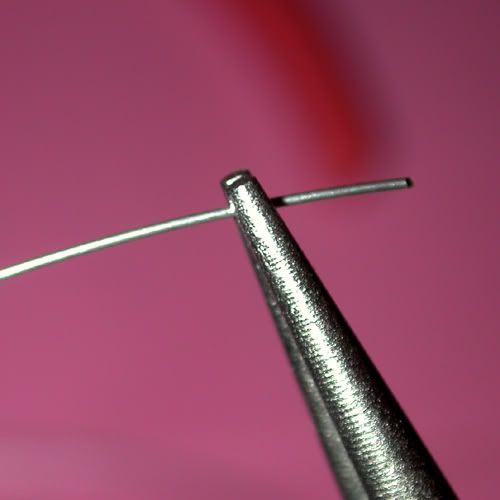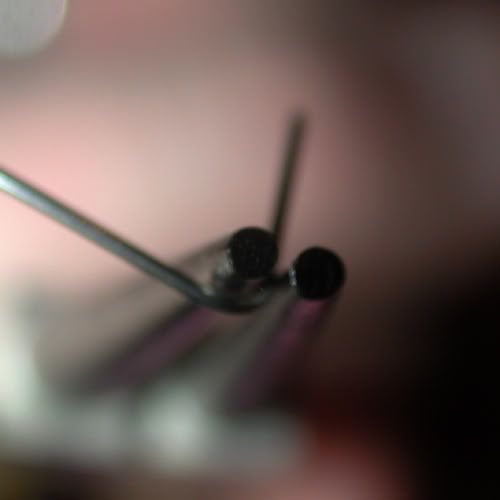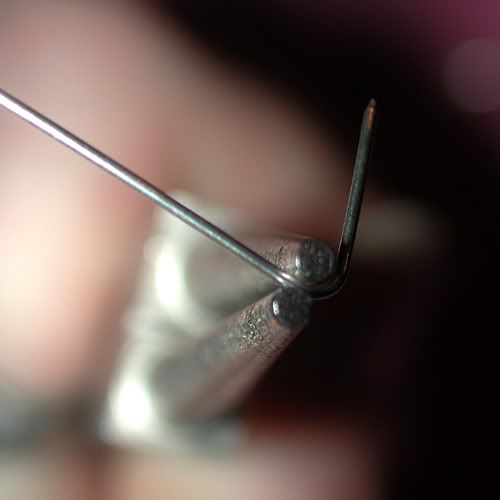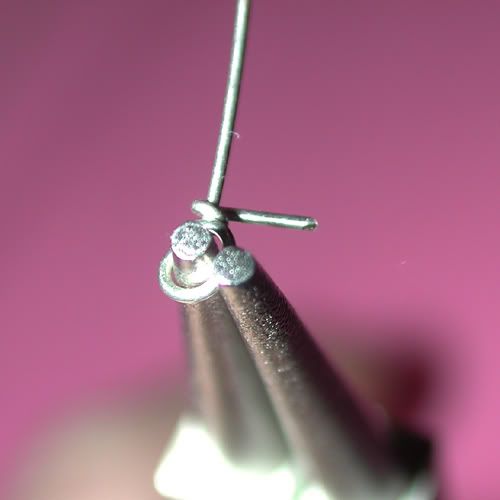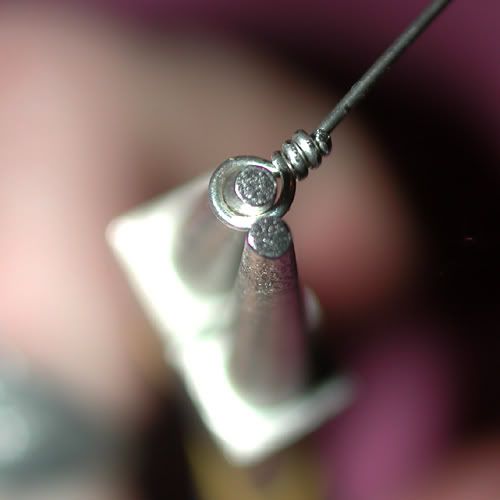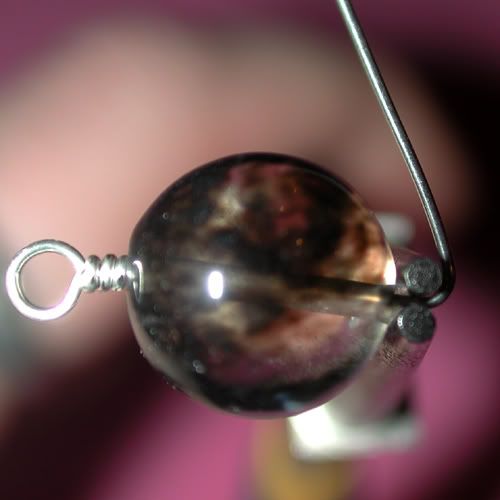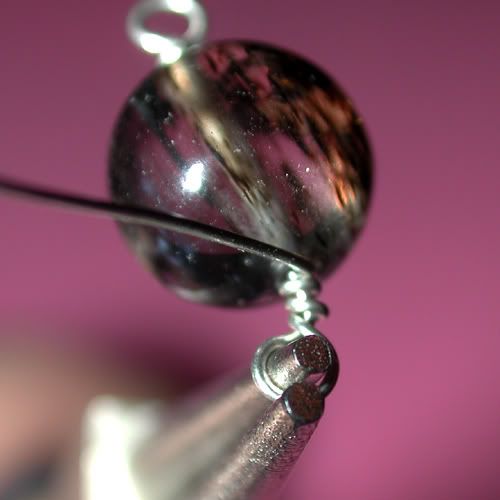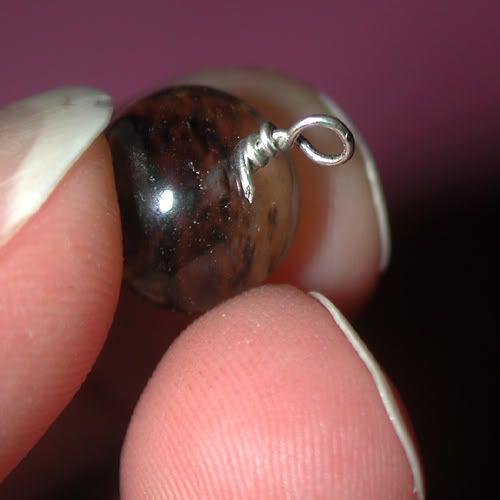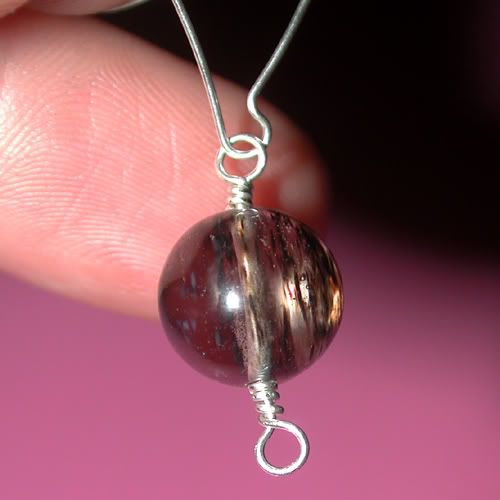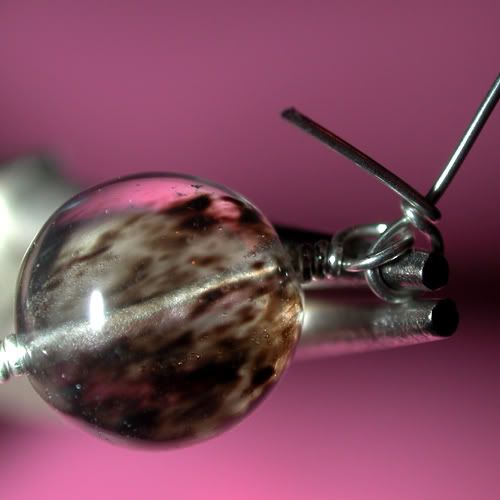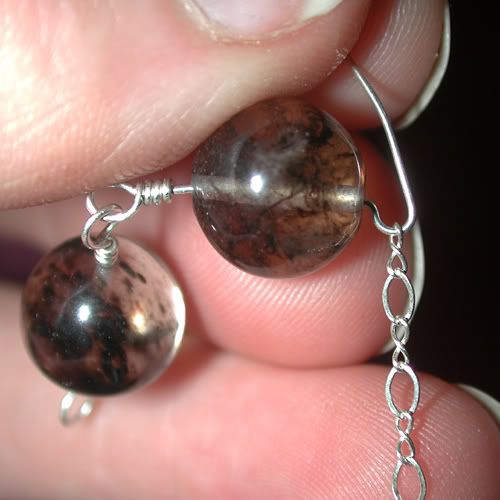There seems to be a misconception that handmade = cheap. This is, in fact, usually the reverse. Items that are hand-crafted by local artists are actually likely to be a bit more expensive than similar items found in stores or at large online retailers. I’ve worked in the manufacturing industry as a full-time job for over six years while running my business part time on the side, so that gives me a little more perspective on the ins and outs.
So here’s several reasons why a handmade item should always be a little more in cost than a store-bought item:
Firstly, items that are mass-produced are going to have a lower cost, because the manufacturer buys supplies in bulk, and so gets a price discount on these supplies. A person making a few items will be paying more for their raw materials, because they aren’t buying hundreds of yards of fabric at one shot. Of course, a lot of us are rabid bargain shoppers, but we still can’t reach the price break these large companies can achieve.
Secondly, cost of labor is going to be higher for handmade goods. Mass-produced items that are imported are going to be cheaper to produce because their employees are working for a lower wage. Even with so called “Fair Trade” items, the pay per hour is most likely going to be less than what your neighbor who makes those adorable baby booties would consider reasonable or livable.
Thirdly, looking at mass produced versus one of a kind, factory assembly lines are always going to be more efficient, so even if all the other factors (cost of goods and labor) are the same, the time to produce an item is going to be less, so labor costs will be less.
Here's another thing to consider, when trying to decide whether the lower-cost mass-produced item is the better bargain. I'm sure you're aware that there is a cost mark-up that occurs every time a component or finished goods goes through another set of hands. The makers are going to figure a profit margin into their cost of goods. An item then goes to a distributor or importer, who needs to make money on the transaction, so the cost goes up again. The retailer then buys it and marks it up again. So the amount of money for the materials and labor isn’t actually accurately reflected in the price, because of the number of additional hands it has passed through in order to reach the shelves. This means that mass-produced items are usually made with the cheapest raw materials, so it will survive the mark-ups and still hit the market at an affordable price. So even though it seems like a bargain, spending a bit more for a hand-crafted item will pay off in the long run.
You can argue about the overhead to build and maintain a large manufacturing facility, but look at the percentage produced there versus the home business, where they still have to buy the equipment they need to make their items, sewing machines, wood-working tools, paintbrushes, solder guns, paper-making presses, and all the other myriad bits we use in our daily operations. Home businesses still have to pay the electricity to light their workspaces and run their machines, and they’ll maybe have the heat turned up a bit higher than normal perhaps to keep the hands flexible while working. So there’s not much in the way of savings in this department for the independent business.
Why buy handmade, then? Why spend the time wandering a craft fair or searching a hand-made craft website when you can just go to the store and probably pay less?
Well, going to that craft fair means you’re supporting a local artist and local industry (local sometimes being keeping it in the country, but still!), getting an item that is a limited run or maybe even one of a kind, and finding a unique gift for someone instead one of a mass produced run of thousands. You have a wider variety of selection. Plus, you know that the money you spend on that item goes directly to the maker, and the cost is accurately reflected in the materials and time you spend into it, without all the additional mark-ups that a retail item gathers. That means you are probably getting a higher quality item for a slightly higher cost than the store-bought gift.
So, are these reasons enough to convince you? I, and all my fellow artists and crafters hope so. We’ll be out there, peddling our handmade wares. Come find us!
Here’s a few examples of wonderful hand-made items:
My own Cinnabar Heart & Pearl Earrings:
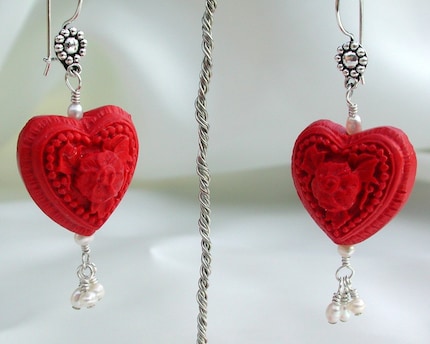
Hand-Embroidered Pink Giraffe Blankie, by
ncleveland:
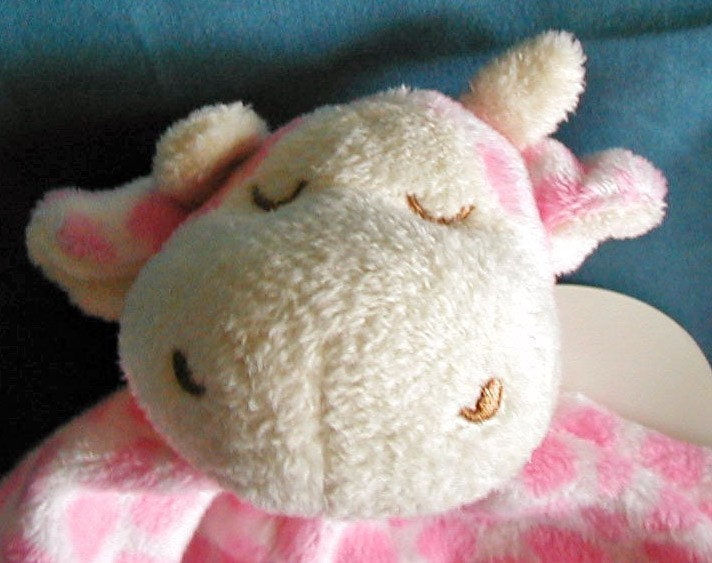
Machinist Earrings, by
Insectus:
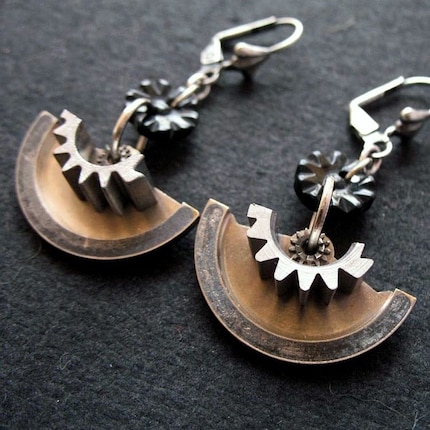
Fused Pear Branch glass votive candleholder by
Susanna Price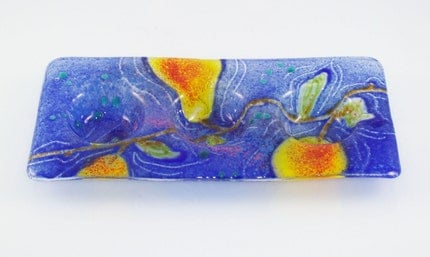
Leaves painted on ecru silk satin scarf, by
OwenArt:
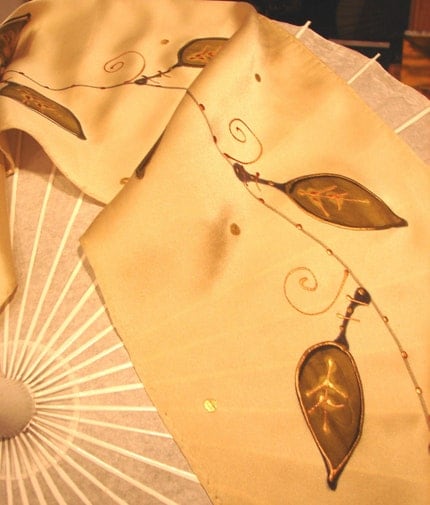
Engraved Teardrop Necklace, from
Art Made by Tammy:
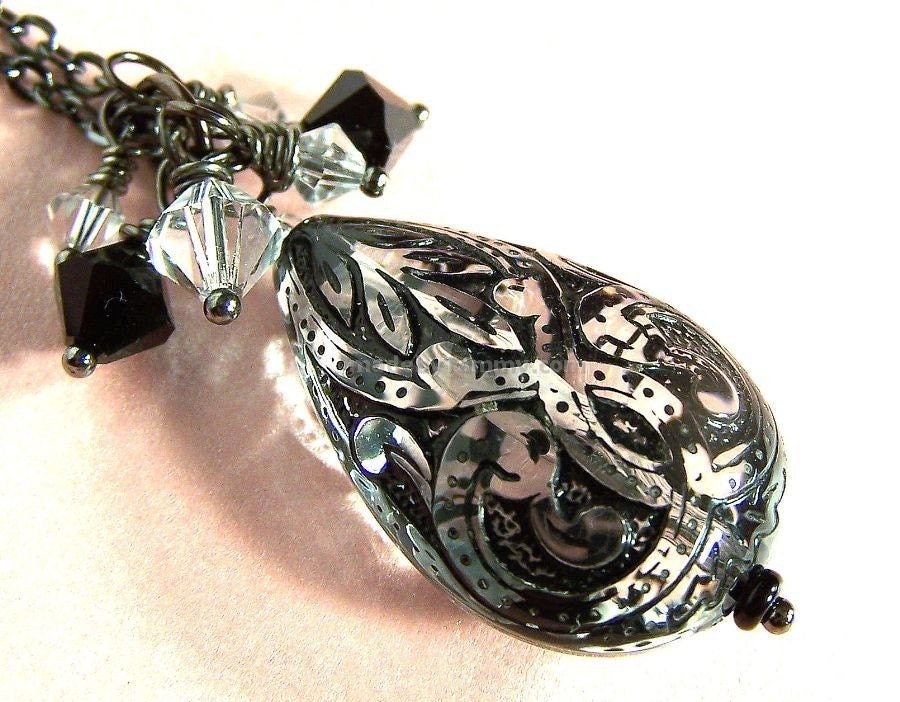
Black taffeta skirt with velvet scallop edge appliqued details, by
Murzilka:
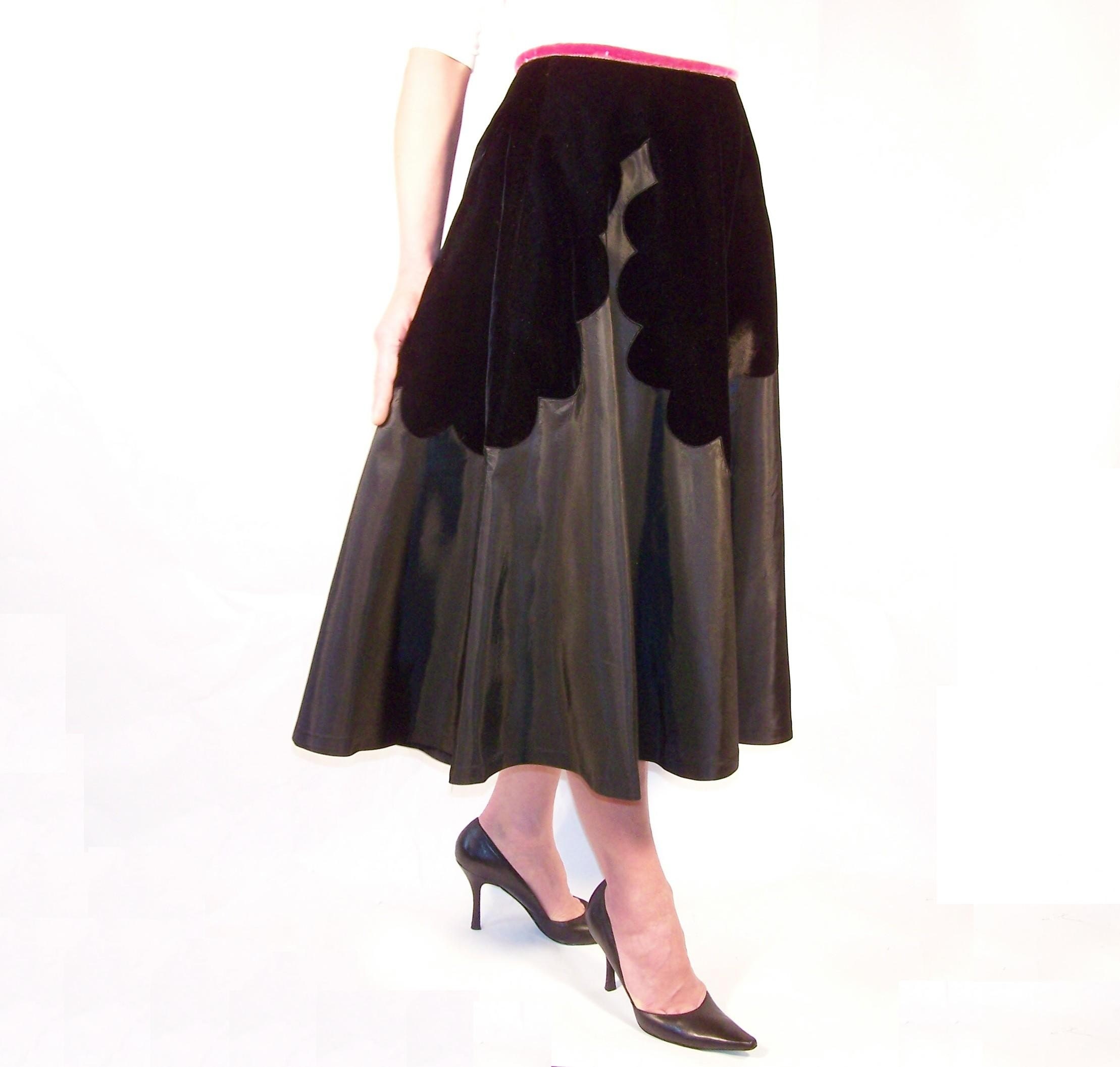
Velvet Heels original art,
by Autumn Russell:

